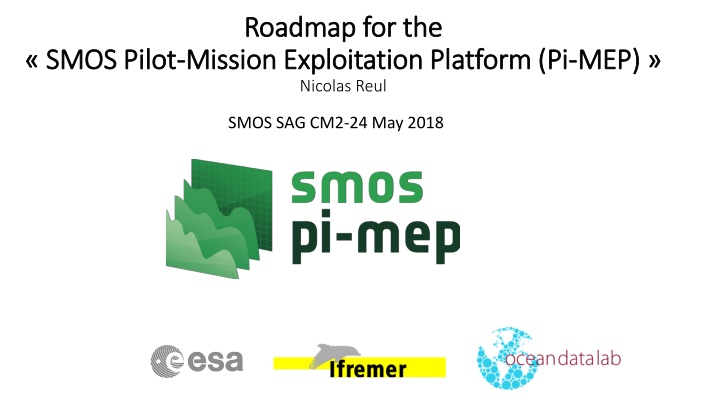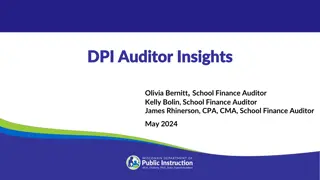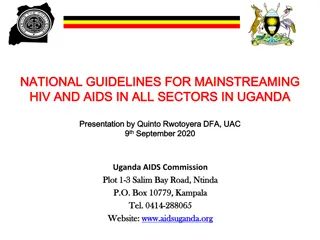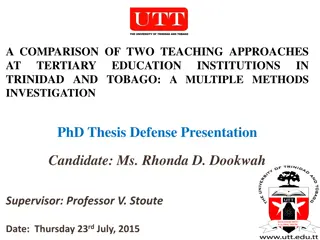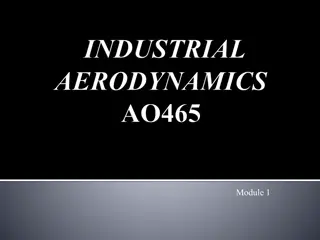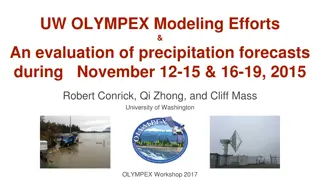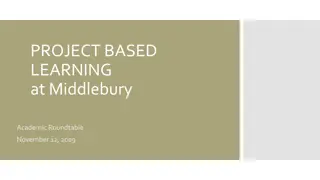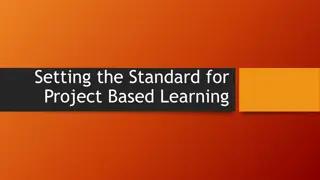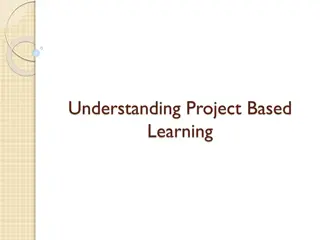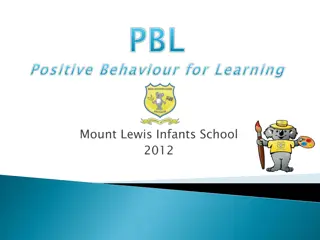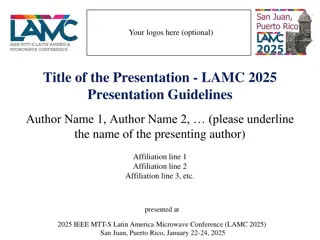PBL Guidelines and Steps for Effective Presentation
Quickly learn how to structure a Problem-Based Learning (PBL) presentation in just five slides covering group identification, case scenarios, discussions, and references. Each slide has a designated time limit and specific content requirements to ensure a concise and engaging presentation. Follow these guidelines for a successful PBL presentation.
Uploaded on Mar 03, 2025 | 1 Views
Download Presentation

Please find below an Image/Link to download the presentation.
The content on the website is provided AS IS for your information and personal use only. It may not be sold, licensed, or shared on other websites without obtaining consent from the author.If you encounter any issues during the download, it is possible that the publisher has removed the file from their server.
You are allowed to download the files provided on this website for personal or commercial use, subject to the condition that they are used lawfully. All files are the property of their respective owners.
The content on the website is provided AS IS for your information and personal use only. It may not be sold, licensed, or shared on other websites without obtaining consent from the author.
E N D
Presentation Transcript
Roadmap for the Roadmap for the Mission Exploitation Platform (Pi- -MEP) Nicolas Reul SMOS Pilot SMOS Pilot- -Mission Exploitation Platform (Pi MEP) SMOS SAG CM2-24 May 2018
Towards the Pre-Operational Platform Two phases Test Platform Collect and read data Produce match-ups and validation metrics Provide user-friendly visualization Pre-operational platform Provide enhanced validation metrics On-demand plots On-demand extractions On-demand custom process
Next steps: Enhanced Validation Metrics & Analyses Systematic processings (next steps) : Comparative Validation Reports Systematic comparisons between products => plots, files & reports Temporal Spectra : Systematic temporal Spectra for all products at moorings Plots and files Spatial Spectra Systematic spatial spectra in some locations Plots and files Case Studies: Deepened analyses : Hovmueller, etc.. Specific analyses for each case study
Next steps: Enhanced Validation Metrics: Comparisons The primary objective of these satellite SSS intercomparisons is to be able to rank which product is the best regarding different statistical metrics (mean of the difference between satellite SSS and in-situ SSS (MEAN), the standard deviation (STD) of the difference, the root mean square (RMS) of the difference and the interquartile range (IQR) of the difference). The platform will provide summary tables with all the results of the MDB analyses for each of the SMOS Pi-MEP regions and some summary plots (Mean, STD, RMS, IQR) regrouping a selection of 3 or more of the best ranked satellite products: as a function of time, as a function of latitude, as a function of geophysical conditions (low, moderate and high wind speed, low and high rain rate, cold and moderate sea surface temperature) as a function of the distance to the coast In addition, using as input the temporal and spatial spectral analysis NetCDF files determined for each core satellite SSS product, temporal and spatial power spectrum plots will be generated to enhance the spectral content differences between the different satellite SSS products.
Next steps: Enhanced Validation Metrics: Comparisons Examples of the statistics summary for the SSS between SMOS L4 SSS CEC weekly 0.5 x0.5 resolution and ARGO per Pi-MEP region. Std deviation (top) and mean (bottom) SSS (SMOS-ARGO) values are sorted by region from lowest std or mean to highest values.
Next steps: Enhanced Validation Metrics: Comparisons Evaluation of cross-correlation between satellite SSS product and other EO datasets To investigate the coherency between Satellite SSS and other datasets, the platform will evaluate 2D and/or temporal cross-correlation coefficients between the satellite SSS products and potentially: SST Sea level anomalies from altimetry Wind and wave parameters Precipitation/Evaporation Ocean Color properties (chlorophyll-A, CDOM) For each Pi-MEP validation region, the platform will provide, when it is physically relevant, correlation maps showing the correlation coefficient using simple linear regression between the two variables over time within each grid cell. Plots of cross-correlation over time will also be generated after spatially averaging the two variables in each region.
Next steps: Spectral Analyses Two Two types of spectral analyses: types of spectral analyses: 1) 1) Temporal spectral analyses Temporal spectral analyses 2) 2) Spatial spectral analyses Spatial spectral analyses
Next steps: Spectral Analyses Sketch of the architecture of the spectral analyses processing
Next steps: Temporal Spectral Analyses at moorings TAO/PIRATA/RAMA mooring array (black dots): 115 moorings within the array
Next steps: Temporal Spectral Analyses at moorings Using the mooring MDB time series as input, the code will generate for each mooring: A plot of a map showing the location of the mooring considered (indicated by a green dot and included in the title as lon/lat coordinates), A time series plot of the co-localized satellite SSS data, mooring SSS, model SSS and ISAS field interpolated at the mooring location if the mooring time series is long enough (some moorings have little valid data), the platform will generate a temporal power spectrum of the mooring SSS, Satellite SSS model SSS (hycom, CMEMS) and ISAS time series An average of the power spectra over all moorings from the same basin (TAO, Pirata, Rama)
Next steps: Spatial Spectral Analyses in Each PiMep Regions The first outputs of spatial spectrum analysis will be for each Pi-MEP validation region : -A plot of the PSD of the satellite SSS product together with the PSD from ISAS and from an ocean model (MERCATOR or HYCOM), for each direction (zonal and meridional) -A NetCDF file of the PSD for each of the core satellite SSS products together with the PSD from ISAS data and from an ocean model, for each direction (zonal and meridional)
Next steps: Data visualization & extraction Two tools: Datalaps and Merginator Merginator : Datasets displayed side-by-side Easier to compare several global products Datalaps Time Series visualization MDB extraction
Next steps: User Generated Results Objectives Comparing products using plots Extracting results from the MDBs (Match-up DataBases) Generating custom reports (areas, filters) Processing data remotely
Next steps: User Generated Results Comparing products using plots One interface with 5 types of plots : Time series Scatterplots Histograms Hovm ller diagrams Maps
Next steps: User Generated Results Extracting results from the MDBs (Match-up DataBases) One interface to query MDB data and : Extract match-ups (CSV, JSON or NetCDF) Generate plots for match-up metrics Produce custom PDF reports Many controls to tune data filters
Next steps: User Generated Results Extracting results from the MDBs (Match-up DataBases)
Next steps: User Generated Results Custom Validation Algorithm Jupyter notebook Basically a Python console in a webpage: Code executed on the platform (direct access to data) Results displayed in the web browser Python environment pre-installed Authenticated/Trusted users only
